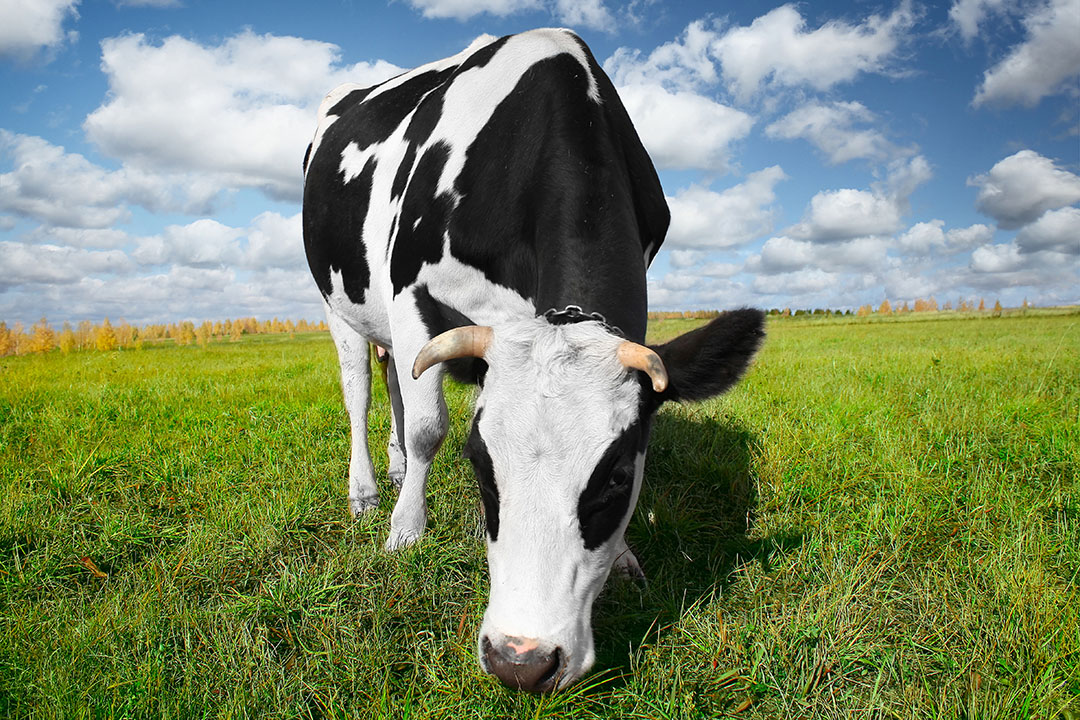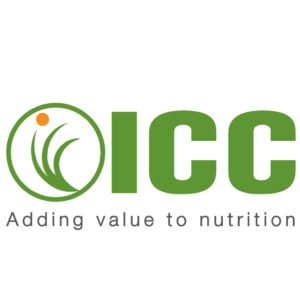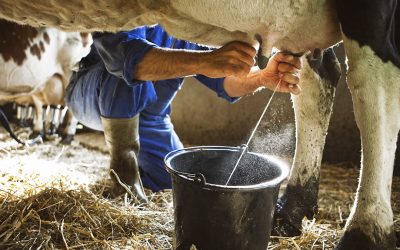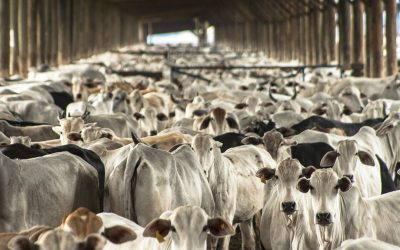Food safety against milk mycotoxins

In the past 2 decades, diseases caused by food have been emerging as a major and growing public health and economic issue in many countries. Due to recent world crisis with some animal products, food safety is one of the most important and valued attributes by consumers.
According to the FAO and USDA, 25% of world agricultural crops are contaminated with some kind of mycotoxin and, as a consequence over, 532 million/ton of grains are contaminated. Considering that the base of animal feed is constituted by grains and cereals, most of this production may be contaminated with mycotoxins, which is very alarming. Economic consequences are significant and are not limited only to the added value of raw materials, but also to losses related to the loss of animal productivity, since the spread of mycotoxins occurs throughout the food chain, leading to contamination of final products, such as meat, milk and eggs.
Food contamination by aflatoxins
Aflatoxins are secondary metabolites produced by Aspergillus parasiticus, Aspergillus flavus and the uncommon Aspergillus nomius. They appear in foods in the forms of aflatoxin B1 (AFB1), B2, G1 and G2 and in milk in the oxidative forms M1 and M2.
Contamination of food by AFB1 is considered a serious public health problem worldwide, because in addition to negatively affecting animal health, performance and reproduction, it has a carcinogenic, mutagenic, teratogenic, immunosuppressive and hepatotoxic effect. AFB1 ingested by lactating animals is biotransformed by hepatic metabolism, being secreted in milk as aflatoxin M1 (AFM1), which is toxic and carcinogenic. Due to the large number of dairy products consumed by people, it is key to find solutions to keep AFM1 concentration in milk at safe levels.
Therefore, actions associated with food safety that involve additive products have been implemented in order to avoid the risk of ingestion and intoxication by aflatoxin. In the market, we can find natural additives which are capable of providing compounds that stimulate the body to mitigate more efficiently the stressful mycotoxin stimuli imposed by the field. Some of these additives are used to provide immunity support and prevent pathogen contamination, offering an improvement in overall health.
Proven benefits of using yeast
Yeasts are widely used in ruminant nutrition, showing several proven benefits. RumenYeast has soluble metabolites from Saccharomyces cerevisiae yeast, as well as vitamins, short chain peptides and free amino acids. RumenYeast is also enriched with MOS (mananoligosaccharides) and β-glucans, cell wall functional carbohydrates.
The effects of soluble metabolites occur directly in the rumen, where less presence of lactate, lower drop in ruminal pH, greater presence of microbial nitrogen and greater NDF digestibility are observed. β-glucans, on the other hand, in addition to having an immunomodulatory effect on the innate immune system – by stimulating the production of pro-inflammatory cytokines that trigger an increase in the production and the activity of phagocytic cells – they are also capable of adsorbing mycotoxins. β-D-glucans from yeast cell walls are capable of binding to different mycotoxins, while α-D-mannans inhibit the toxic activity of mycotoxins, probably by interacting with the radicals of these compounds.
Mannan-oligosaccharide
In addition to these benefits, there is also the effect of agglutination of pathogenic bacteria by mannan-oligosaccharide (MOS), which provides better integrity to the villi, i.e., intestinal permeability is reduced, thus favouring a protective barrier against bacteria and mycotoxins into the bloodstream.
Intestinal integrity indicates the efficiency of the protective barrier formed by the gastrointestinal tract, which prevents the paracellular translocation of unwanted compounds – such as mycotoxins – from the intestinal lumen to the lamina propria and subsequently to the bloodstream. Then, the less permeable the intestinal mucosa is, the less the passage of these compounds will be. Mycotoxins are absorbed as nutrients, i.e., in order for them to not exert their harmful effects it is key that intestinal structures are intact and performing their physiological functions.
Figure 1 – Dynamics of the damage process and mycotoxins and pathogens on the intestinal mucosa.
Surprising results from study
Gonçalves et al. (2017) conducted a study at University of São Paulo (Pirassununga Campus) in order to assess the effects of different yeast-based additives on the excretion of AFM1 in the milk of dairy cows challenged with AFB1. 20 multiparous lactating Holstein cows were used, distributed in ten treatments, in a completely randomised design with 2 cows per treatment. Aflatoxin was administered orally – 2 capsules containing 120 μg AFB1 each – immediately after milking in the morning and afternoon (totalling 480 μg AFB1 per day), for 6 consecutive days (starting on day 1 of the experiment). Additives were administered – 20 g/head/day – for 7 consecutive days, starting on day 4 of the experiment. Results showed that RumenYeast performed better than other products as it reduced the percentage levels of transfer of AFM1 to milk (Table 1, Figure 2).
Figure 2 – RumenYeast reduced AFM1 by 89% in the milk 3 days after the start of the supplementations.

Reducing food contamination
Food safety must be addressed throughout the production chain, as it is directly related to ensuring the quality of the final product and public health. Thus, adopting measures to reduce contamination of these products in order to keep the concentration of mycotoxins at safe level is key.
In addition to providing the perfect combination for rumen nutrition and strengthening the immune system, RumenYeast also provides the adsorbent action on mycotoxins, mitigating the harmful effects on animal health and, consequently, reducing their transfer to milk, ensuring food safety for consumers.
References are available on request
Author:
Liliana Borges and Melina Bonato, R&D, ICC Brazil






